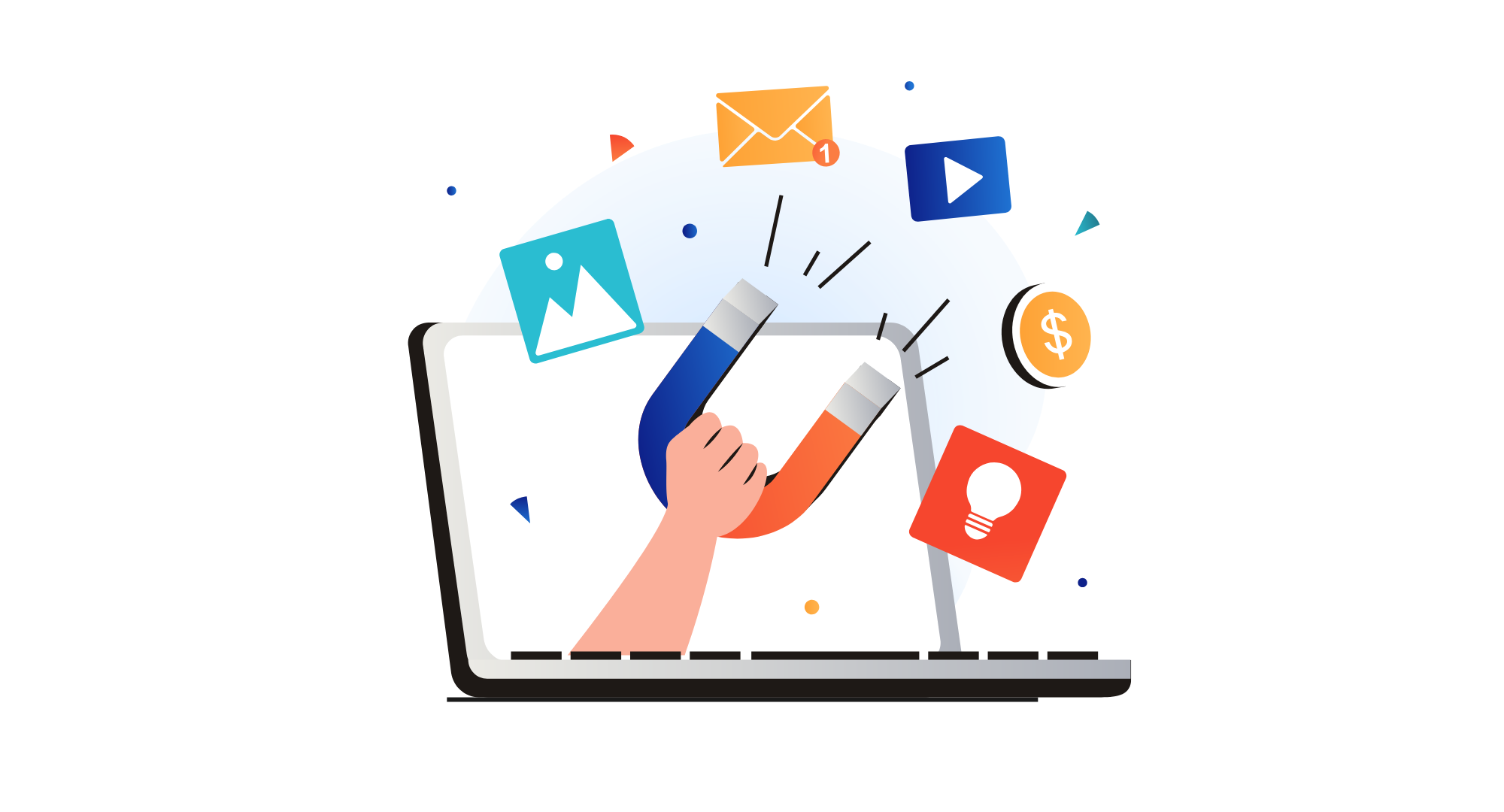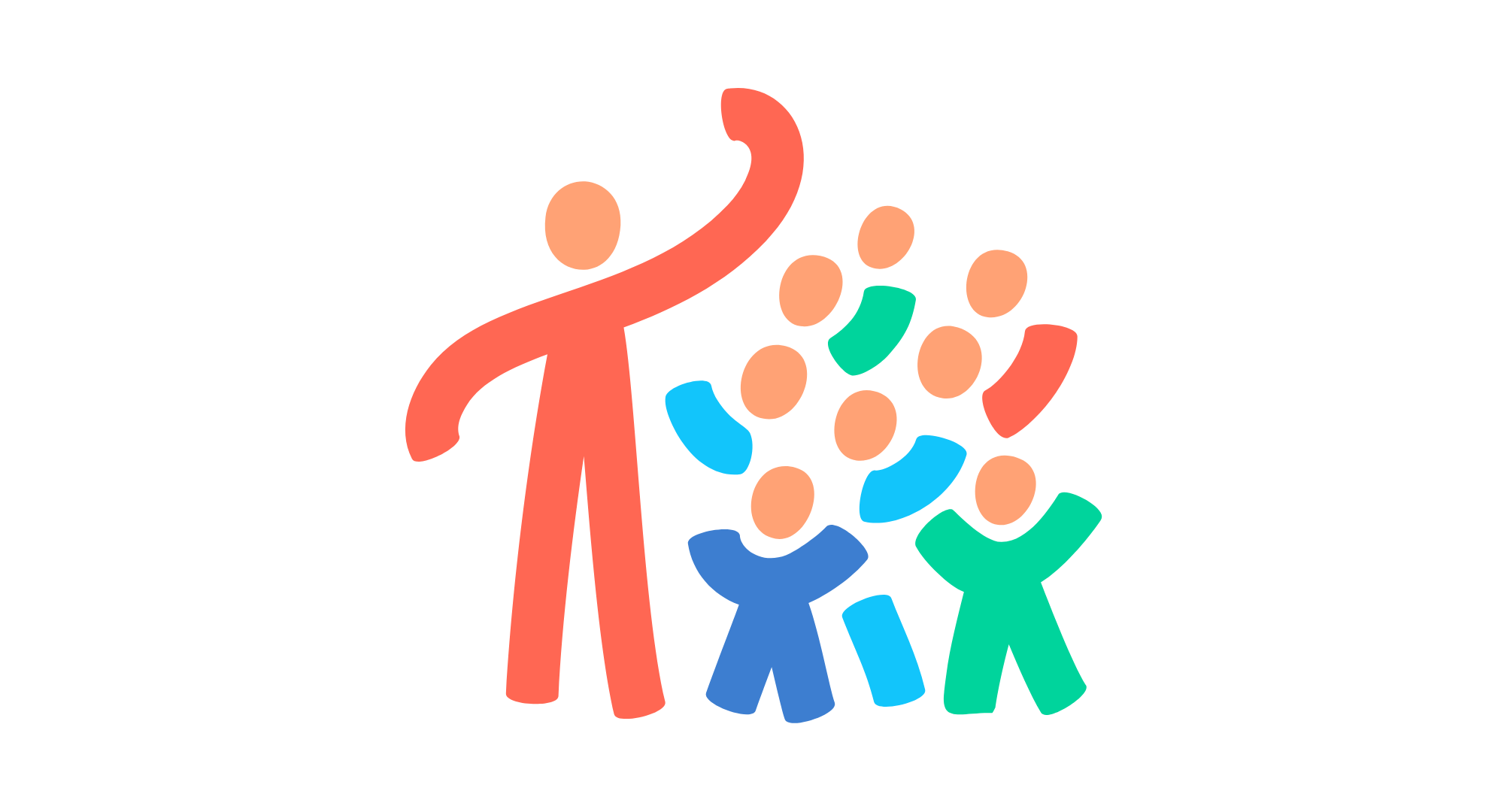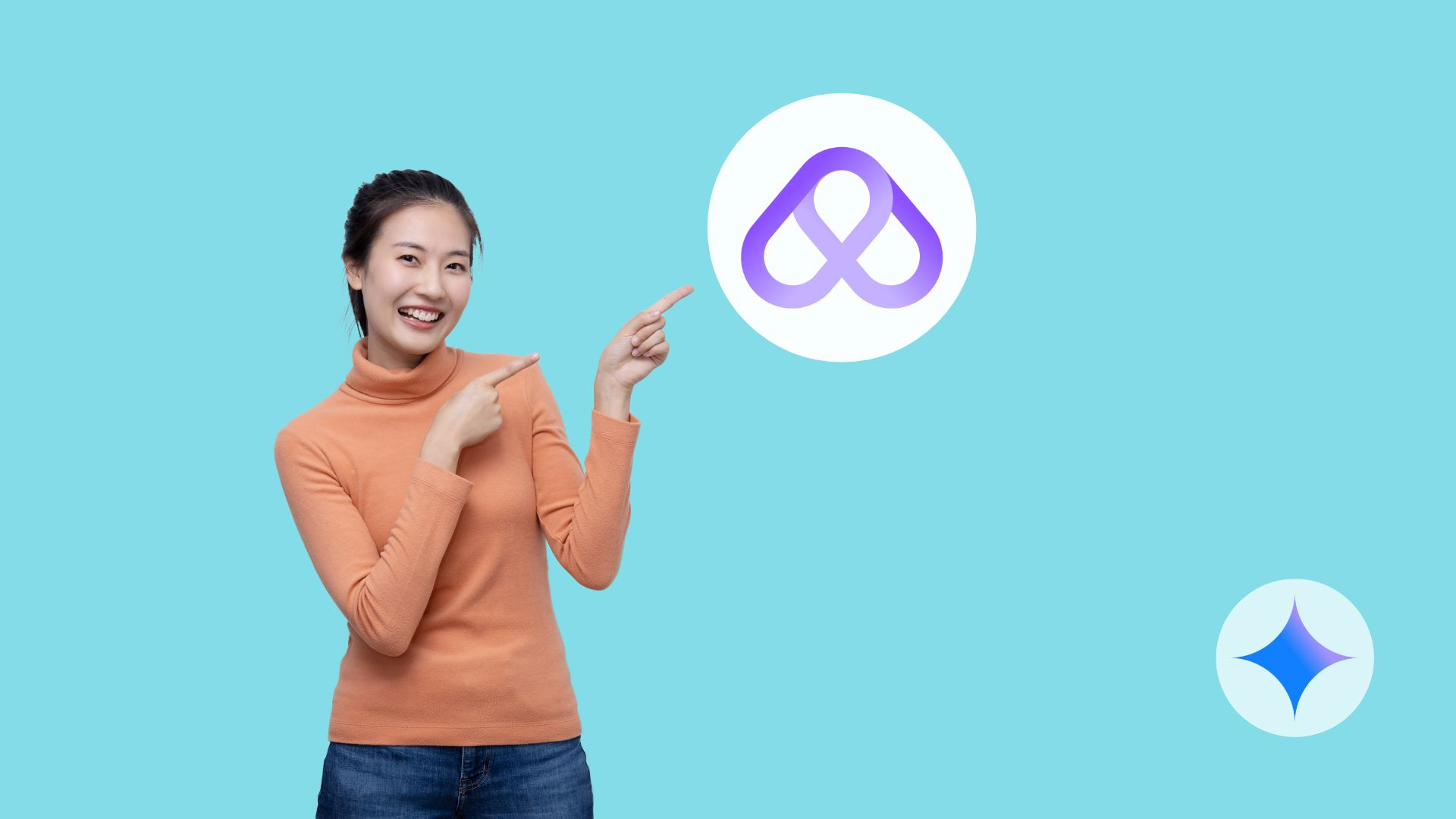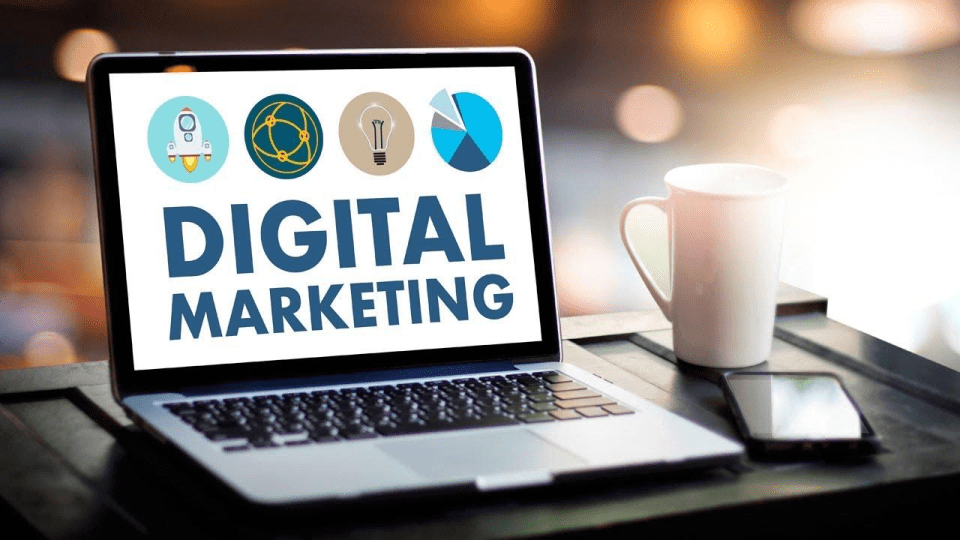The Psychology Behind Lead Magnets: Why People Click and Convert
In the world of digital marketing, lead magnets are one of the most effective tools for capturing potential customers' attention and driving conversions.
But what makes a lead magnet irresistible? Why do some offers compel people to click and provide their information, while others go unnoticed?
The answer lies in understanding the psychology behind human behavior. This comprehensive guide delves into the psychological principles that make lead magnets effective and how you can leverage these insights to optimize your marketing strategy.
What Are Lead Magnets?

A lead magnet is a value-driven offer provided to potential customers in exchange for their contact information, typically an email address. Common examples include:
- E-books
- Checklists
- Templates
- Free trials
- Webinars
- Discount codes
Lead magnets serve as the first step in building a relationship with your audience and moving them down the sales funnel.
The Role of Psychology in Lead Magnets
Human behavior is driven by psychological principles, many of which can be leveraged in marketing. These principles explain why people are attracted to certain offers and what motivates them to take action.
Key Psychological Concepts in Lead Magnets:
- Reciprocity: The desire to give back when something of value is received.
- Scarcity: The perception that limited availability increases desirability.
- Social Proof: The influence of others' actions or endorsements.
- Loss Aversion: The fear of missing out on a valuable opportunity.
- Curiosity: The drive to seek information and answers.
- Cognitive Ease: The preference for content that is simple and accessible.
Reciprocity: Giving to Receive
The principle of reciprocity states that when someone gives us something of value, we feel a natural inclination to return the favor. In marketing, this principle can help you make clients fall in love with your brand by offering high-quality content or resources that genuinely solve their problems.
A thoughtful lead magnet not only encourages users to share their email but also sets the foundation for a relationship based on trust and mutual benefit. Including elements like testimonials, case studies, or verifiable digital credentials can further reinforce credibility and foster a sense of security among potential leads.
How to Apply Reciprocity:
- Provide lead magnets that solve a specific pain point.
- Ensure the perceived value of the offer is high.
- Use language that highlights generosity, such as "free gift" or "special offer."
Example: A free e-book titled "10 Proven Strategies to Double Your Sales" provides actionable insights, prompting users to share their email in return.
Scarcity: The Power of Limited Availability
Scarcity taps into the fear of missing out (FOMO) and creates a sense of urgency. When people believe an offer is limited in time or quantity, they are more likely to act quickly.
How to Leverage Scarcity:
- Use time-sensitive language, such as "Offer ends in 24 hours."
- Highlight limited availability, like "Only 50 spots left!"
- Add countdown timers to your landing pages.
Example: "Sign up for our exclusive webinar—only 100 seats available!"
Social Proof: Following the Crowd
Social proof is the psychological phenomenon where people look to others' actions to determine their own. Lead magnets with strong social proof appear more credible and trustworthy.
How to Use Social Proof:
- Include testimonials from satisfied users.
- Showcase the number of people who have already downloaded or signed up.
- Highlight endorsements from industry experts or influencers.
Example: "Join over 10,000 marketers who have downloaded this free template!"
Loss Aversion: Avoiding Regret
People are more motivated to avoid losses than to achieve gains. Loss aversion can be a powerful driver in convincing users to act.
How to Incorporate Loss Aversion:
- Emphasize what the user stands to lose by not acting.
- Use language that creates urgency, such as "Don’t miss out" or "Act now before it’s too late."
Example: "Don’t miss this chance to get your free guide to financial freedom—available for a limited time only!"
Curiosity: Sparking Interest
Humans are naturally curious, and lead magnets that pique curiosity are more likely to capture attention and drive clicks.
How to Spark Curiosity:
- Use intriguing headlines and descriptions.
- Promise to reveal insider tips, secrets, or exclusive information.
- Leave part of the information unknown, prompting users to take action to learn more.
Example: "Discover the #1 strategy top CEOs use to skyrocket their productivity—Download now!"
Cognitive Ease: Keeping It Simple
Cognitive ease refers to the preference for things that are easy to understand and process. Complex or confusing lead magnets can deter users from engaging. Small design choices, like offering a QR code instead of a long URL, can make a big difference. Using a tool such as The QR Code Generator (TQRCG) gives users instant access with a simple scan, lowering effort and making the interaction feel seamless.
How to Enhance Cognitive Ease:
- Use clear, concise language.
- Design visually appealing and easy-to-navigate landing pages.
- Offer straightforward instructions for accessing the lead magnet.
Example: "Get your free checklist in 3 simple steps: Enter your email, click submit, and download instantly."
Designing the Perfect Lead Magnet
To create a lead magnet that converts, consider the following elements:
a. Relevance:
- Address a specific problem your target audience faces.
- Ensure the offer aligns with your product or service.
b. Value:
- Provide actionable insights or solutions.
- Make the user feel they are gaining something valuable for free.
c. Accessibility:
- Deliver the lead magnet instantly after the user signs up.
- Ensure it is easy to download or access.
Optimizing Lead Magnet Landing Pages
The effectiveness of a lead magnet depends not only on its content but also on the user experience of the landing page.
Best Practices:
- Use compelling headlines that highlight the benefit of the lead magnet.
- Include a clear and prominent call-to-action (CTA).
- Minimize distractions by keeping the page simple and focused.
- Use visuals, such as mockups or previews of the lead magnet.
Testing and Iteration
Continuous testing and optimization are essential for maximizing the effectiveness of your lead magnets.
What to Test:
- Headlines and CTAs.
- The format and delivery method of the lead magnet.
- Visual elements and page design.
- The timing and placement of offers.
Tools for Testing:
- A/B testing platforms like Optimizely or Unbounce.
- Analytics tools like Google Analytics to track conversions.
Case Studies: Successful Lead Magnets in Action
Example 1: A SaaS company offering a free trial with onboarding support increased conversions by highlighting customer success stories.
Example 2: An online retailer used a discount code lead magnet combined with scarcity messaging, resulting in a 30% boost in sign-ups.
Example 3: A fitness coach created a meal prep guide as a lead magnet, leveraging curiosity and social proof to attract thousands of downloads.
By understanding the psychology behind lead magnets, you can create offers that not only attract clicks but also foster meaningful connections with your audience. Whether it’s through reciprocity, scarcity, social proof, or curiosity, tapping into these principles will help you drive conversions and build lasting relationships with your customers.








